Guiding Players without Mini-Map or Markers
As games grew bigger and bigger with the rise of open worlds, game developers had to find new ways to guide the player toward their objectives. And the most popular method that grew during the 2010s era was to guide the player through the User Interface by using mini-map and markers. The Witcher 3 and Assassin’s Creed being the pinnacles of such a method.
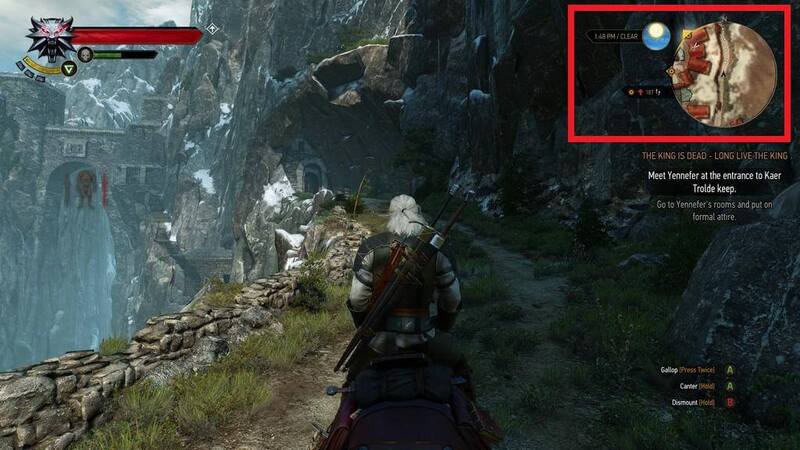
This method fulfills its purpose, but those tools have robed the player of the pleasure to explore and the intrinsic reward of finding his way through environments. It has come to a point where players sometimes keep their eyes fixed on the mini-map as they travel without even looking at the environment around them.
But it's been a few years since recent games have gone against these methods, Zelda Breath of The Wild being the flagship of this movement.
Other AAA titles have followed this path like Ghost of Tsushima, where Socker Punch developers have tried to ditch all UI elements and guide the player using more immersive methods like the Wind system.
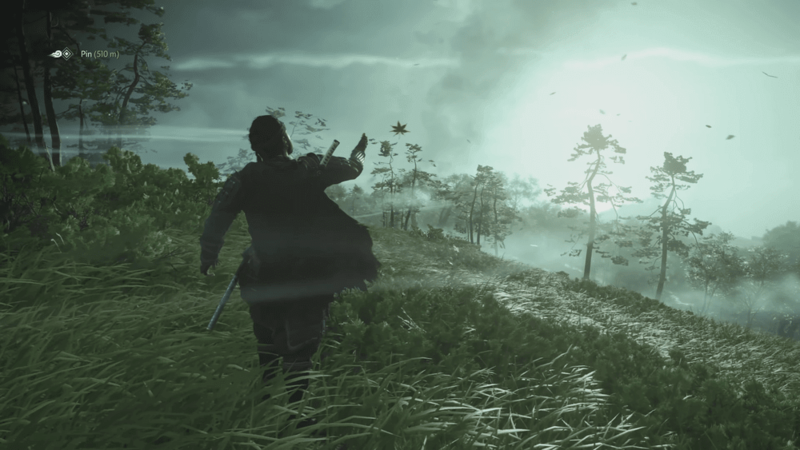
In this blog post, We go over some methods and tricks to guide the player without having to use mini-maps or markers and rely on more organic methods.
Using Landmarks
Landmarks or weenies are the most common tools used by level designers to guide the player through the environment. They are often big and tall so that they can be seen most of the time, wherever you are on the map, and give the player a rough indication of where he is so that he can orient himself. You can use them as a reference point to help players, similar to the polar star in real life.
You can also use them to draw the player toward a point of interest, because, when we see a large building on the horizon, we want to see what mysteries it holds.

They also give a sense of place and familiarity as players get accustomed to their presence. Landmarks often shape the identity of an area, and players will often use them as a cue during a conversation with other players as a way to find common references because it is often what players remember best. No wonder memory athletes use a similar concept of landmarks to help them remember things.
And they can be used in both linear and open-world games.
An example of good usage of landmarks in open world is The Witcher 3, especially in the extension Blood and Wine, where the Beauclair palace can be seen from anywhere inside Toussaint.

For linear games, Naughty Dog’s games are a reference in landmark usage. Some memorable examples are the Bridge from The Last of Us or the Turtle mountain from Uncharted 4.

Using landmarks in linear games is a bit different, as it is used only during a single level most of the time. Also, the Landmark takes a more important part in the narrative compared to its primary purpose of a guider, used for orientation, in open world.
Signposting
To make it short, signposting consists of using different types of in-game elements to help players navigate a level and guide them toward their goals.
Unlike landmarks that are used for middle to long-term navigation, signposting is mostly used for short-term navigation.
It can be done in many ways :
Visual effects
If there is no minimap or markers, players will often fall back on visual cues to guide themselves, and lighting is the most noticeable element if done right. The way to do it is to light the places where we want the player to go, and darken the ones where there is nothing interesting for the player. Of course, it is easier to implement in darker areas like undergrounds or interiors.
It can also be done in the same way with VFX, by using bright elements like a broken electrical circuit with sparks coming out of it for example.
Color cues
They have the same purpose as visual effects and can be implemented in many different ways.
There are many famous implementations of this method, like Mirror Edge using the color red to highlight the main path, or Naughty Dog using the color yellow for the same purpose in The Last of Us.
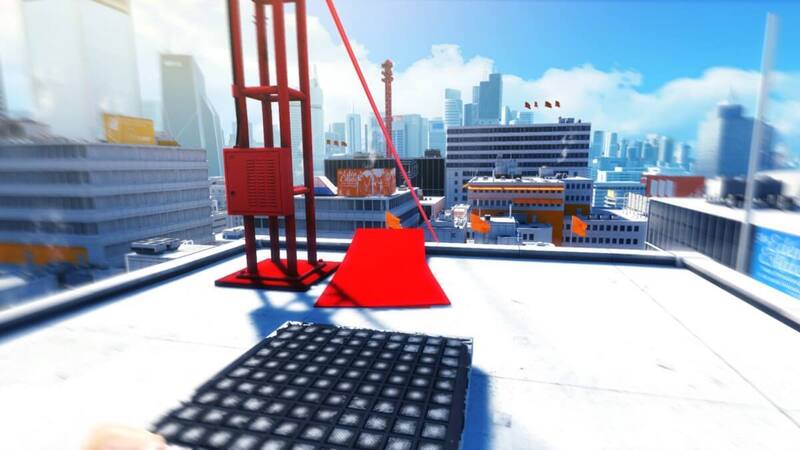
The only pitfall to avoid is to make them too obvious and artificial. This depends heavily on the game’s theme and degree of realism. For some games like Mirror’s Edge, the bright red objects fit well with the overall art direction, but they wouldn’t fit at all in a game like The Last of Us for example.
Sound cues
They have the same purpose as color cues and can be implemented in a similar manner.
For example, imagine a horror game where the player is walking in a corridor, and on his left, a door is half-open, and a child’s song is coming out of it. Don’t you think the player will be drawn to the room?
We can also take back the previous example of the broken electrical circuit, where an electric spark sound cue can be combined with the visual effect to draw the player even more.
Breadcrumbing
It can be defined as the act of leaving a trail to guide the player toward an objective.
This method is often used in platformers using pick-up rewards like rings in Sonic games or coins in Mario, to encourage the player to follow a specific path, or add optional tracks for players looking for more challenges.
But Breadcrumbing can be applied in many different ways like using Enemy AI to guide the player through the main path or using specific in-game elements like messages left by players in the Dark Souls series.
Environmental cues
Some elements have the ability to organically guide the player toward a goal while being part of the scenery.
The most obvious ones are roads and signs, which are ubiquitous in large open worlds games like Skyrim.

Assets can also be shaped and placed to draw the player toward a goal using composition and the famous (or infamous) leading lines.
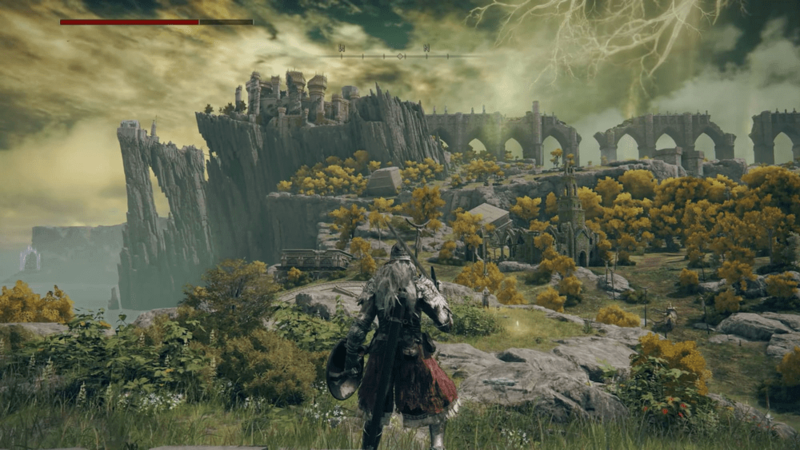
Make a small hand-crafted world
The bigger a game is, the more generic environment the world will have, and the less memorable it will be for the player. This phenomenon is especially present when the world is partially or completely generated through procedural generation, which is the case for most big open worlds nowadays.
Even though many talented developers go over those environments to polish and make them feel more organic and hand-made, it still sometimes feels empty. In those types of games, a big part of the world is there to be crossed without the player acknowledging it because he is entirely focused on the minimap, which is the only practical way to know where to go. Navigating a large open world without UI guides is often a nightmare.
Of course, those UI elements have proven their worth, and provide an efficient way to guide the player in an easy way to implement. And this is fine if the game navigation is designed around that.
But making a smaller world gives us the opportunity to polish it to the extreme and as a result, have every single part of the world be meaningful for the player. This will then trigger the player's curiosity and will to explore further because he will base his expectation on what he has already experienced,
It is easier to build a mental model of the world map without relying on UI elements, and it will give back the joy of autonomous exploration, in opposition to big open worlds, where most of the time, extrinsic rewards like loot and collectibles are the only way to push the player to explore the map.
As a result, the player will explore because he wants to (intrinsic reward), not because he has or feels the need to (extrinsic reward).
An example of a game centered around extrinsic reward is Assassin’s creed, where the map is full of interest points to discover, and where the player will often feel that he has to explore all of them to “complete” the game.
On the contrary, a game centered around intrinsic reward is Subnautica. In those types of games, the joy of exploration is the reward itself. It often relies on triggering the player's curiosity and will to explore. Other games with the same design philosophy are A Short Hike or The Outer Wild.

Both types of designs are valid. It all depends on the targeted audience and how they are executed. I just find that it is easier for extrinsic methods to fall into toxic patterns that push addiction. (Mobile Free To Play games being the pinnacle of such a model).
On the opposite, Intrinsic design is harder to pull off, because there is no defined formula to apply, and the fun might spark out of small details that come organically during production and cannot be thought out beforehand. More details can be found about this type of design in Charlie Cleveland's GDC talk.
Diversify your environments
Having a large variety of environments will help players build a mental model of the world. The most common implementation of this method is to have different areas with different biomes (Snow, Desert, Forest, …).
Depending on the game's lore and fantasy, environments don’t have to be simple biomes but can have a specific theme tied to the game universe. Old The Legend Of Zelda games are good examples of games having environmental diversity. For example, I’ve only gone through Ocarina of Time once, but I still remember a large part of the world layout, because each location has a unique theme with a strong identity, both in terms of narration and game mechanics.
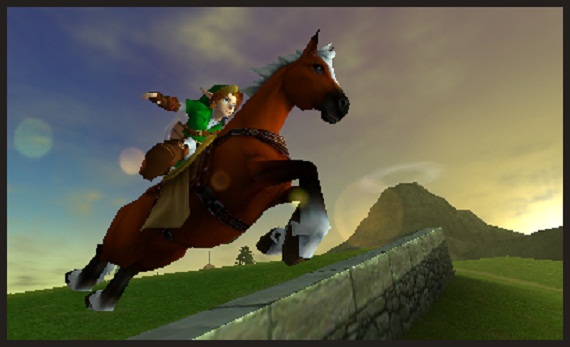
On the contrary, even though they are good games, I find Far Cry 3 and 4 worlds to lack character and uniqueness. After completing them both fully, I struggle to remember a unique place or area from the map. Of course, it is harder for more realistic games to have memorable and iconic environments, but games like GTA or Red Dead Redemption have shown that it is possible.
Make good use of Level Design Techniques
Using known level design methods like gates, valves or loops will help you guide the player without him acknowledging he is being guided. But it needs to be done in a subtle way.
Environmental elements can be used for this very purpose. An example of a gate could be the player crossing a bridge and the bridge collapsing as the player has finished crossing it, making any backtracking impossible.
The Path/Edge/Node/District/Landmark system thought out by Kevin Lynch is also a good method to structure levels to make them more structured and easier to navigate.

Nodes are usually points of interest, connected by paths, and gathered in districts. Edges act as borders for districts.
An implementation of such a system could be different settlements or camps acting as nodes, linked to each other by roads acting as paths. Those different settlements would be grouped in different Biomes acting as districts, each having their own themes like a frozen plain or an arid desert.
One famous example is Firelink Shrine from Dark Souls, which acts as a node for a good part of the start of the game, and it sure is a place that all Dark Souls players remember long after their playthroughs.
But one thing to watch out for is that it is easy to overdue it and make levels too generic and conventional. From my experience (which is not impressive I admit), those methods are a good starting point, but it is often necessary to band the rules to make something truly unique, that fits your game specificities.
Narration and dialogues
Sometimes, mostly in open worlds games, we need to guide the player toward a far-away objective, and the previously mentioned methods might not work in this case.
One way to do it is to use narrative elements to give hints of where to go next. This is usually done through dialogues, especially in games with RPG mechanics. Some games even possess a Quest Journal to keep tabs on those dialogues. This method is being used for quite a long time, especially in RPG games like The Elder Scrolls 3 : Morrowind which makes heavy use of it.

Today, some games try to go back to this method like Pillar of Eternity where the Quest Journal is the only way to know where to go next.
Closing thoughts
Guiding the player organically using the methods listed above will often feel more rewarding for the player. But you have to be cautious not to go too far on this side either.
Sometimes, guiding the player through UI is necessary to keep a good pacing and keep the player entertained. A good example of such a limitation is Horizon Forbidden West, where guiding the player through UI is necessary because of the scale of the world.
A good middle ground is to leave the option open to enable or disable markers and minimap in the game settings, like in the latest Assassin’s Creed games. However, leaving this option when the game has been designed with UI elements in mind often feels like it is here only to make an act of presence, but it has not been thought through enough to be experienced to the fullest.
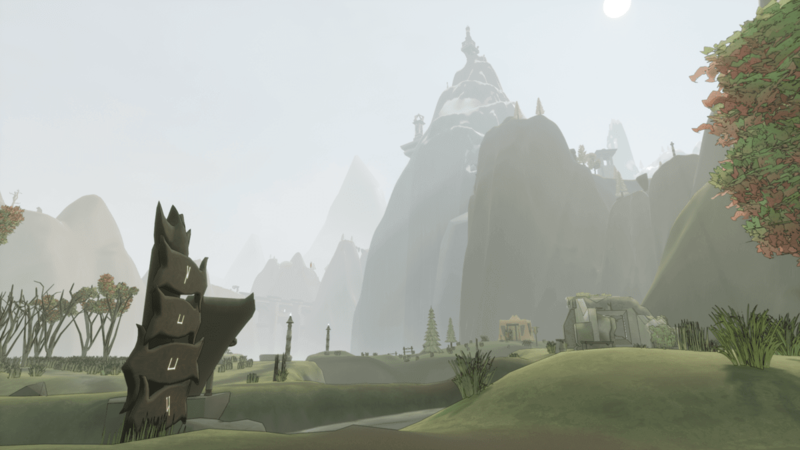
In this blog, we have seen the most used methods, but there are an infinite number of techniques to guide players, depending on your game specificities like narration or mechanics. Sometimes it is crystal clear from the beginning, sometimes, ideas come up years after the start of the development, and it can be a bit harder to shoe-horn them into the game.
